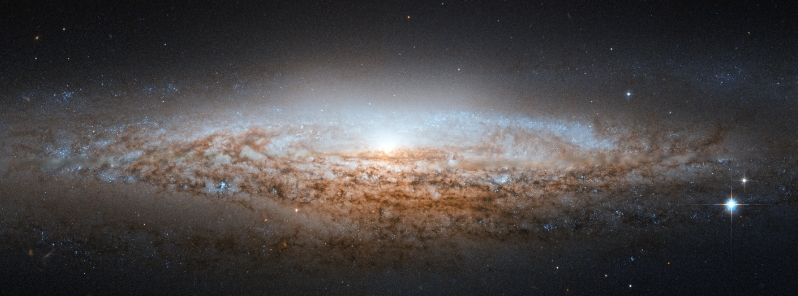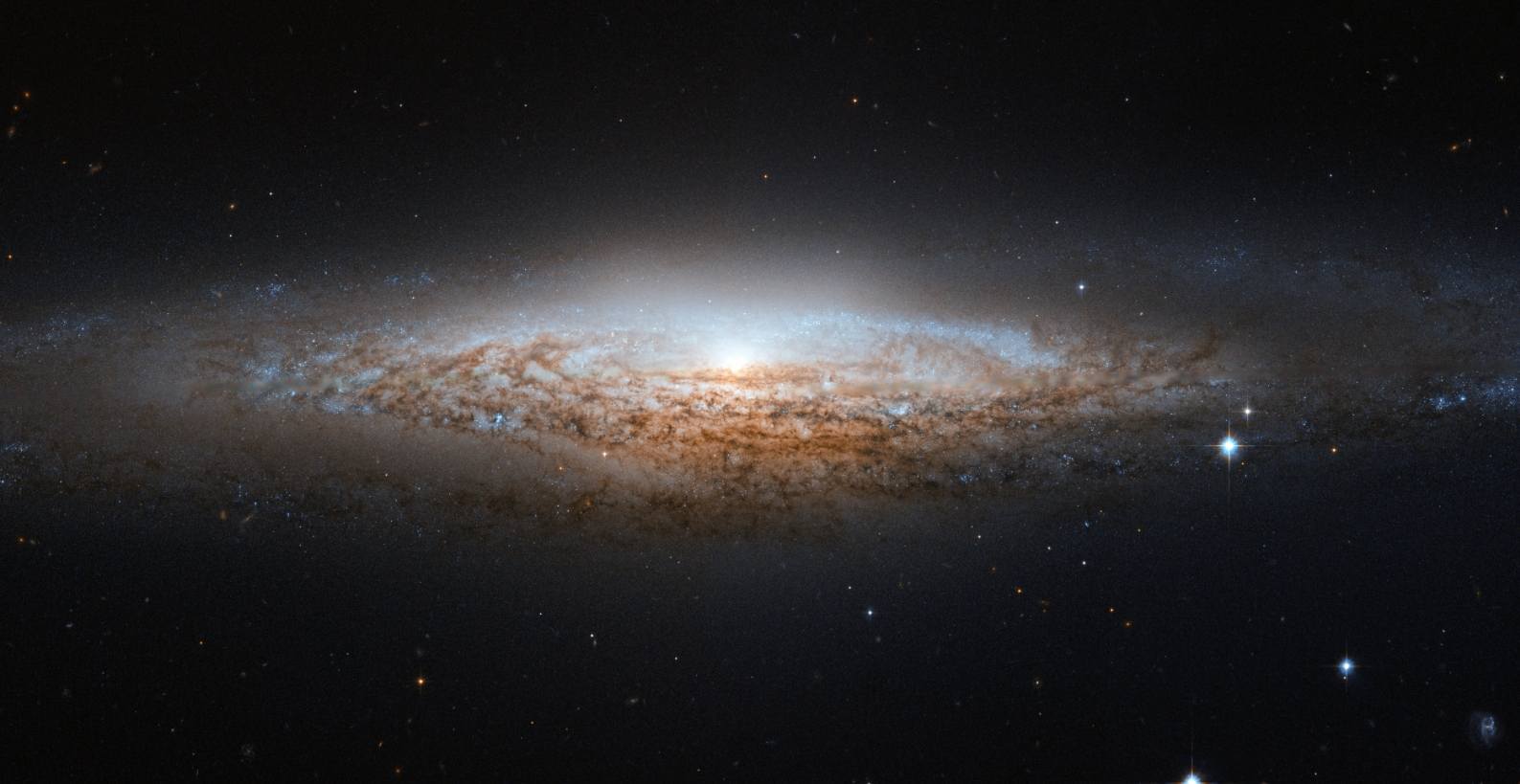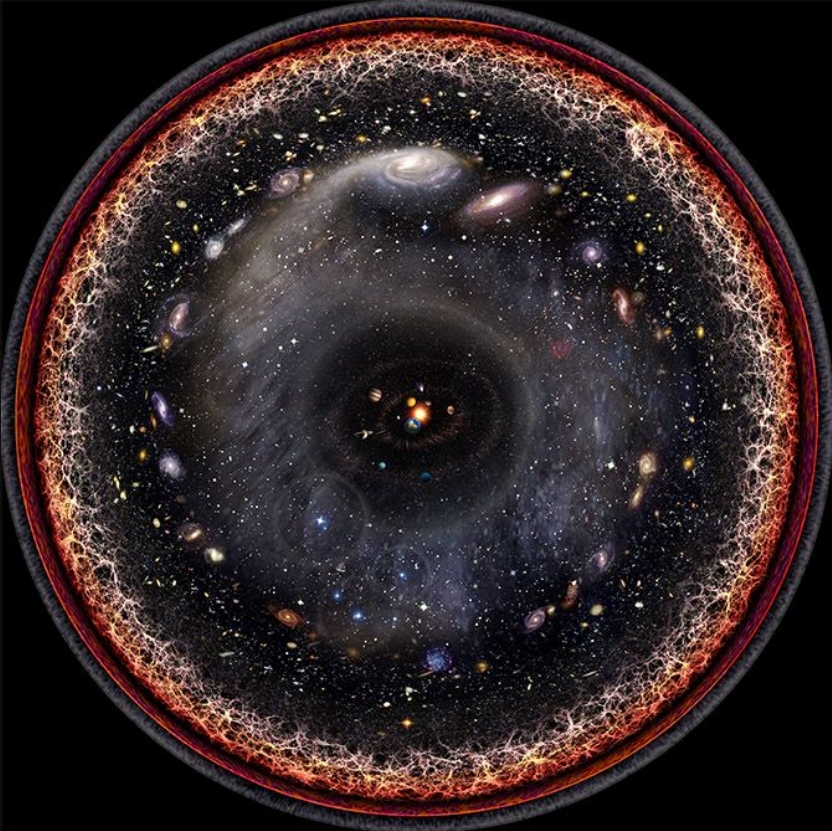New study suggests laws of nature not as constant as previously believed

A study by researchers from the University of New South Wales (UNSW) suggests that the laws of nature are not as constant as previously assumed– it may break down at the edge of the universe, making it possible to slightly bend the laws of the universe.
In the paper, the scientists reported that four new measurements of light spewed from a quasar– an enormous celestial body emitting exceptionally high energy– 13 billion light-years away reaffirm previous studies that discovered little variations in the fine structure constant.
Not only does a universal constant seem "annoyingly inconstant" at the universe's outer edges, but it also occurs in only one direction, "which is downright weird," said the UNSW.
According to UNWS science professor John Webb, the fine structure constant is a measure of electromagnetism, which is one of the four fundamental forces in nature. The other three are gravity, weak nuclear force, and strong nuclear force.
"The fine structure constant is the quantity that physicists use as a measure of the strength of the electromagnetic force," said Webb. "It's a dimensionless number and it involves the speed of light, something called Planck's constant and the electron charge, and it's a ratio of those things. And it's the number that physicists use to measure the strength of the electromagnetic force."
The electromagnetic force keeps electrons moving around a nucleus in every atom in the universe. All matter would fly apart without it. It was previously thought to be an unchanging force throughout time and space, but over the past 20 years, Webb noticed discrepancies in the fine structure constant, where electromagnetic force measured in one certain direction of the universe appeared slightly different.
"We found a hint that that number of the fine structure constant was different in certain regions of the universe. Not just as a function of time, but actually also in direction in the universe, which is really quite odd if it's correct, but that's what we found," Webb stated.

Image credit: ESA/Hubble & NASA
Webb first observed the anomalies while looking at some of the farthest quasars at the universe's outer fringes using the world's most powerful telescopes.
"So if you can study the light in detail from distant quasars, you're studying the properties of the universe as it was when it was in its infancy, only a billion years old. The universe then was very, very different."
"No galaxies existed, the early stars had formed but there was certainly not the same population of stars that we see today. And there were no planets."
One such quasar provided the team with a glimpse of the universe when it was only a billion years old– something that had never been done before. The researchers made four measurements of the fine constant along the line of sight to this certain quasar. Individually, the measurements did not give any conclusive answer, but when combined with other measurements made by other researchers, the differences became clear.
"And it seems to be supporting this idea that there could be a directionality in the universe, which is very weird indeed."
"So the universe may not be isotropic in its laws of physics– one that is the same, statistically, in all directions. But in fact, there could be some direction or preferred direction in the universe where the laws of physics change, but not in the perpendicular direction. In other words, the universe in some sense has a dipole structure to it," Webb added.
"In one particular direction, we can look back 12 billion light-years and measure electromagnetism when the universe was very young. Putting all the data together, electromagnetism seems to gradually increase the further we look, while in the opposite direction, it gradually decreases."

Illustration of the observable universe. Image credit: Pablo Carlos Budassi/Wikimedia
Webb continued, "In other directions in the cosmos, the fine structure constant remains just that– constant. These new very distant measurements have pushed our observations further than has ever been reached before."
Thus, what was believed to be an arbitrarily random spread of gas clouds, black holes, galaxies, quasars, and planets– the universe suddenly seemed to have a north and a south.
"This is something that is taken very seriously and is regarded, quite correctly with skepticism, even by me, even though I did the first work on it with my students. But it's something you've got to test because it's possible we do live in a weird universe."
Webb remarked that if these findings continue to be confirmed, they may help answer some questions about the universe, and why there is life in it.
"For a long time, it has been thought that the laws of nature appear perfectly tuned to set the conditions for life to flourish. The strength of the electromagnetic force is one of those quantities. If it were only a few percents different to the value we measure on Earth, the chemical evolution of the universe would be completely different and life may never have got going. It raises a tantalizing question: does this ‘Goldilocks’ situation, where fundamental physical quantities like the fine structure constant are ‘just right’ to favor our existence, apply throughout the entire universe?"
"Our standard model of cosmology is based on an isotropic universe, one that is the same, statistically, in all directions. That standard model itself is built upon Einstein’s theory of gravity, which itself explicitly assumes constancy of the laws of Nature. If such fundamental principles turn out to be only good approximations, the doors are open to some very exciting, new ideas in physics."
The team believes this is the first step towards a far bigger study venturing many directions in the universe.
Reference
"Four direct measurements of the fine-structure constant 13 billion years ago" – Wilczynska, M. R. et al. – Science Advances – DOI: 10.1126/sciadv.aay9672 – OPEN ACCESS
Abstract
Observations of the redshift z = 7.085 quasar J1120+0641 are used to search for variations of the fine structure constant, a, over the redshift range 5:5 to 7:1. Observations at z = 7:1 probe the physics of the universe at only 0.8 billion years old. These are the most distant direct measurements of a to date and the first measurements using a near-IR spectrograph. A new AI analysis method is employed. Four measurements from the X-SHOOTER spectrograph on the Very Large Telescope (VLT) constrain changes in a relative to the terrestrial value (α0). The weighted mean electromagnetic force in this location in the universe deviates from the terrestrial value by Δα/α = (αz − α0)/α0 = (−2:18 ± 7:27) × 10−5, consistent with no temporal change. Combining these measurements with existing data, we find a spatial variation is preferred over a no-variation model at the 3:9σ level.
Featured image credit: ESA/Hubble & NASA

According to my understanding, the only absolute reality in the Universe is the magnetic force and everything else is only an appearance and manifestation of it, and that include the force of gravity, weak force and strong force. Why? Because, I believe, the building blocks of the Universe are a pair of magnetic charges, one spins clockwise and the other one counterclockwise.